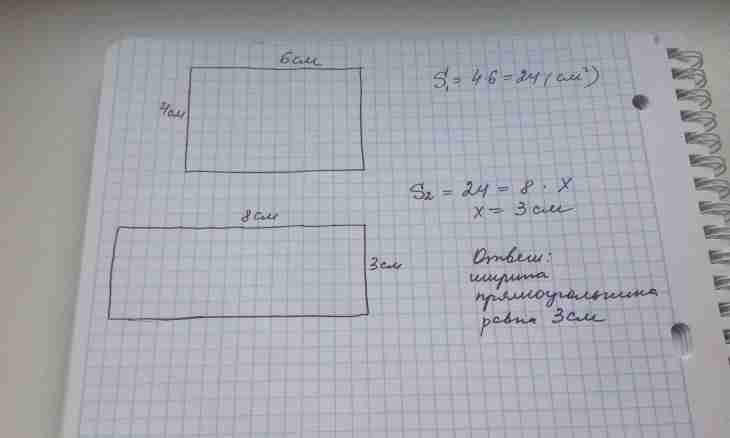Though the word "perimeter" also came from the Greek designation of a circle, they can call the total length of borders of any flat geometrical figure, including a square. Calculation of this parameter, as a rule, does not represent complexity and can be carried out in several ways, depending on the known basic data.
Instruction
1. If length of the party of a square (t) is known, then for finding of its perimeter (p) just increase this size four times: p=4*t.
2. If length of the party is unknown, but in statements of the problem length of diagonal (c) is given, then it is enough for calculation of length of the parties and consequently also perimeter (p) of a polygon. Use Pythagorean theorem which claims that the square of length of the long party of a rectangular triangle (hypotenuse) is equal to the sum of squares of lengths of the short parties (legs). In the rectangular triangle made of two adjacent parties of a square and the piece connecting their extreme points, the hypotenuse coincides with quadrangle diagonal. From this follows that length of the party of a square is equal to the diagonal length relation to a square root from the two. Use this expression in a formula for calculation of perimeter from the previous step: p=4*c / √ 2.
3. If only an area (S) of the square of the site of the plane limited to perimeter is given, then and it will be enough to determine length of one party. As the area of any rectangle is equal to the work of lengths of its adjacent parties, for finding of perimeter (p) take a square root from the area, and increase result four times: p=4 * √ S.
4. If the radius of the circle (R) described near a square is known, then for finding of perimeter of a polygon (p) increase it by eight and divide the received result into a square root from the two: p=8*R / √ 2.
5. If the circle which radius is known is entered in a square, then calculate its perimeter (p) simple multiplication of radius (r) by the eight: P=8*r.
6. If the considered square in statements of the problem is described by coordinates of the tops, then data only on two tops belonging to one of the parties of a figure will be necessary for you for calculation of perimeter. Determine length of this party, proceeding from all of the same Pythagorean theorem for the triangle made of her and its projections to axes of coordinates, and the received result increase four times. As lengths of projections to coordinate axes are equal to the module of differences of the corresponding coordinates of two points (X ₁; Y ₁ and X ₂; Y ₂), it is possible to write down a formula so: p=4 * √ ((X -X ₂)²+ (Y -Y ₂)²).
